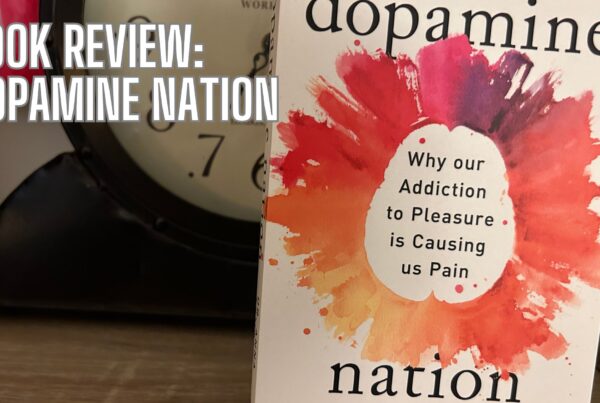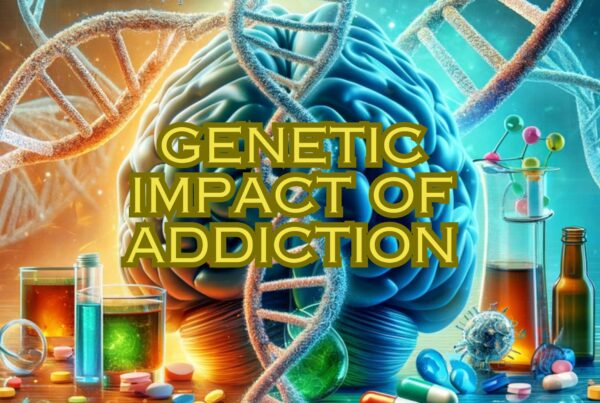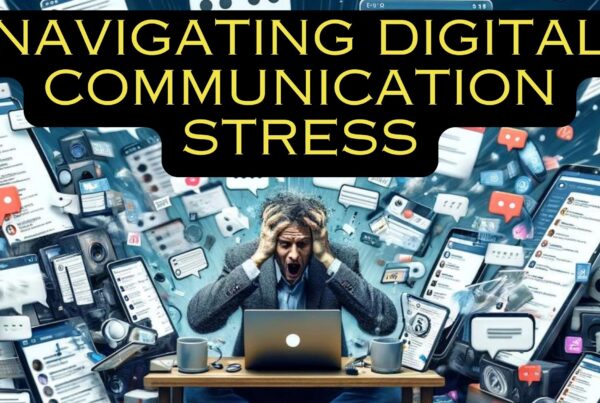How Phone Addiction is Reshaping Our Brains
Exploring Phone Addiction and Brain Health
In today’s digital age, our smartphones have become an integral part of our daily lives. From checking emails to scrolling through social media, these devices are constantly at our fingertips. But have you ever stopped to consider the impact of this compulsive phone use on your brain? Recent research suggests that our attachment to our phones is more than just a habit—it’s an addiction that’s reshaping our brains. In this blog, we look to explore the topic of phone addiction and brain health.
The Rise of Phone Addiction
Just 15 years ago, only 20% of people accessed the internet from their phones. Fast forward to today, and that number has skyrocketed to 91%. Adults now spend an average of 11 hours per day interacting with media, and a staggering 71% of people never turn off their phones. Even more concerning, 31% admit to not being able to control their phone use, and 17.3% of parents confess to spending more time on their phones than with their children.
The Science Behind the Addiction
Our brains have not evolved to deal with the constant influx of digital stimuli. The science behind our compulsive phone use is rooted in the neurotransmitter dopamine, often referred to as the “feel-good” chemical in our brains. Dopamine plays a pivotal role in motivating behavior. For instance, genetically engineered mice that can’t produce dopamine won’t even seek out food placed right in front of them.
Dopamine is crucial for our motivation to engage in evolutionarily beneficial behaviors, such as eating, socializing, or reproducing. Contrary to popular belief, high-dopamine substances don’t contain dopamine. Instead, they trigger its release in the brain. For example, chocolate can increase a rat’s basal dopamine by 55%, while sexual activity can boost it by 100%.
There are three primary dopamine pathways in our brains: mesocortical, mesolimbic, and nigrostriato. These pathways activate when we anticipate and experience rewards. Every time you receive a notification, laugh at a video, or gain a new follower on social media, these neuronal processes strengthen through a mechanism called long-term potentiation.
Smartphones provide an endless supply of dopamine and stimuli. As a result, the dopamine pathways in our brains are becoming more robust. With platforms like TikTok, we’re exposed to hundreds of pieces of content in a single sitting, further reinforcing these pathways.
Are You Clinically Addicted?
With the increasing prevalence of phone use, it’s essential to determine if you’re clinically addicted. The signs are everywhere: the inability to focus, feelings of sadness, and the compulsion to have your phone with you at all times. If these symptoms sound familiar, it might be time to evaluate your relationship with your device.
Regaining Control: Tips to Combat Phone Addiction
You can consider doing the following to hep beat phone addiction and maintain brain health.
- Set Boundaries: Allocate specific times for phone use and stick to them. Whether it’s during meals or before bedtime, having phone-free periods can help break the cycle of addiction.
- Turn Off Non-Essential Notifications: Every ping and buzz is a potential dopamine hit. Minimize distractions by only allowing essential notifications.
- Engage in Digital Detox: Dedicate a day or weekend to disconnect from all digital devices. Use this time to reconnect with nature, loved ones, or indulge in a hobby.
Phone Addiction and Brain Health
While smartphones offer numerous benefits, it’s crucial to be aware of their potential harm. By understanding the science behind phone addiction and taking proactive steps, we can ensure a healthier relationship with our devices and, ultimately, our brains.
This blog has been inspired by this video. If you like their content, subscribe to support them.
Release Hypnosis Melbourne Hypnotherapy
Since 2016, Lawrence Akers has been working under the name Release Hypnosis offering Hypnotherapy and ACT based work to the people of Melbourne or an online service. Based on St Kilda Rd, Release Hypnosis is an easy and convenient location to get to and accessible by the ANZAC station train and tram stop. Release Hypnosis can help with a wide range of presenting issues, and I offer a free 30 minute no obligation discovery call for those who are unsure if hypnotherapy is the right way forward for them.
Book Your FREE 30 Minute Consultation With Release Hypnosis NOW!
You may also like to read:
Discovering Purpose and Values: A Path to Mental Well-being
Can’t Visualise in Hypnosis? Here’s What You Can Do Instead.
Dealing with Financial Stress and Crisis: Finding Peace Amid Turbulence
What Is The Success Rate of Hypnosis?
Release Hypnosis Melbourne Hypnotherapy is accessible for people in: Abbotsford, Armadale, Albert Park, Balwyn, Bentleigh, Black Rock, Box Hill, Brighton, Brunswick, Bulleen, Bundoora, Camberwell, Canterbury, Carnegie, Caulfield, Chadstone, Cheltenham, Clayton, Coburg, Collingwood, Deer Park, Doncaster, Elsternwick, Eltham, Elwood, Epping, Essendon, Fairfield, Fitzroy, Footscray, Glen Iris, Glen Waverley, Glenhuntly, Greensborough, Hampton, Hawthorn, Heidelberg, Highet, Ivanhoe, Kew, Kooyong, Lalor, Laverton, Lower, Plenty, Macleod, Malvern, Middle Park, Moonee Ponds, Melbourne, Moorabbin, Mount Waverley, Murrumbeena, Northcote, Oakleigh, Ormond, Parkville, Pascoe Vale, Port Melbourne, Prahran, Preston, Richmond, Rosana, Sandringham, South Yarra, South Melbourne, Spotswood, St Albans, St Kilda, Surrey Hills, Templestowe, Thornbury, Toorak, Tullamarine, Williamstown, Yarraville, North Melbourne, Windsor, East Melbourne, Melbourne, Melbourne CBD, Melbourne 3004








